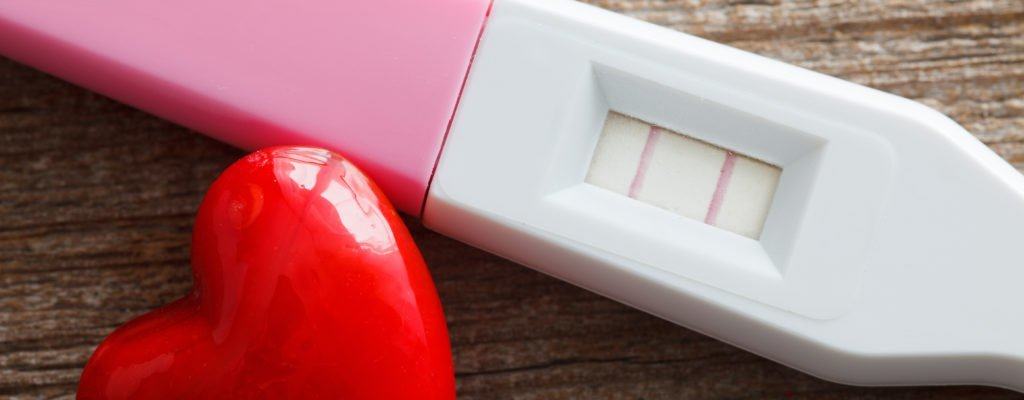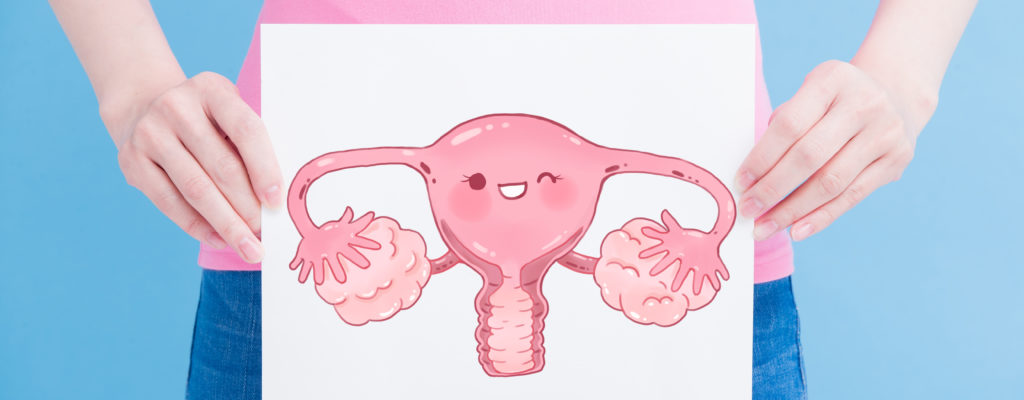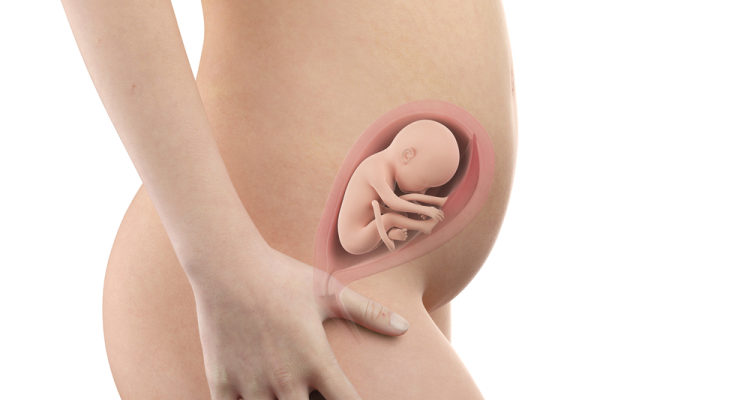Episiotomy can help prevent obstetric complications after birth. However, you need to have a good understanding of this type of surgery before you do it to make the best decision.
Episiotomy is a fairly common indication in births, especially in the first birth. Many experts also recommend that episiotomy can help prevent obstetric complications after birth as well as complications later, such as incontinence.
What is the epithelium?
The episiotomy is an internal part of the body that lies between the urinary tract and anus. In women, the episiotomy includes the opening of the vagina. This is an area subject to a lot of pressure and changes during pregnancy and childbirth so special care is always required.
Perineal incision surgery at birth
Some women will have an episiotomy when the baby is born. This surgery is sometimes needed to speed up the delivery and faster recovery of the mother.
In the case of a difficult birth, the episiotomy is at risk of tearing . At this time, the doctor will prescribe an episiotomy to make it easier for the mother to give birth. This cut is usually small and neat, so it heals faster when the episiotomy is naturally torn.
When will the doctor prescribe an episiotomy?
Although it is not a routine indication in normal delivery, it is, however, recommended for use in the following cases:
When your baby is very large and needs a wider outlet;
Mother was born in reverse;
When the doctor has to use focep (used to grip the baby's head, help the baby come out more easily) or suck to take the baby out;
When the baby has a shoulder jam during birth;
When the mother shows signs of acute pregnancy failure and needs to be born immediately.
How is episiotomy performed?
If you need to have an episiotomy before giving birth, you will be given an injection of pain medicine first. Then your doctor will use specialized scissors to cut a line in the middle or lateral line in the vagina. After the mother gives birth to the baby and is put together, the doctors will stitch the cut.
Common complications of perineal incision surgery
Although episiotomy is necessary for some situations, there are a number of complications that include:
Pain during sex: it is common to feel pain during sex after surgery, but it will subside over time.
Infection: If the wound is red, swollen, painful, or has an odor, you are most likely infected. Please see me immediately.
Swelling and hematoma: see your doctor and ask your doctor to fix this problem.
Gas or fecal leak: Damaged rectal tissue causes this
Bleeding: Usually the wound stops bleeding once the doctor has stitched it up, but if you still bleed, consult your doctor immediately.
Recovery after episiotomy

An episiotomy can be painful, but you may feel less pain while you are in pregnancy. Like any wound, an episiotomy takes time to heal, usually lasting 7 to 10 days.
While you are in the hospital, your nurse will check your perineum at least once a day to make sure there is no inflammation or other signs of infection. At the same time, they will guide you in cleaning the episiotomy after giving birth, helping to prevent infections in the cut and genital tract. Your doctor will also let you know when it is a safe time to have sex again, usually after the stitches have healed.
You can also do Kegel exercises (pelvic exercises) regularly after birth and in the postpartum period to stimulate pelvic blood circulation, promote wound healing and improve muscles. . Don't worry if you are unable to do the movements, the area will be numb immediately after giving birth. The feeling should gradually return to the pelvic area over the next few weeks.
How to clean an episiotomy
After the episiotomy, the wound will heal in about 1-3 weeks. During this time, pay close attention to taking care of the episiotomy stitches in the following ways:
Clean the wound with the cleaning solution prescribed by your doctor. Soak the solution into a cotton ball and apply it gently to the wound once a day.
After using the bathroom, wash the wound gently with warm water down from the top with warm water. Then, pat the wound dry with a soft cotton towel.
Use a soft tampon and change it every 3-4 hours.
Choose soft underwear, wash it and dry it in direct sunlight to avoid infection. You can also purchase disposable underwear for safe use.
Abstain from sex for 4-6 weeks for episiotomy stitches to heal completely.
How can I reduce the risk of having an episiotomy?
To reduce the likelihood that you have to have an episiotomy and to easily give birth without incisions:
Discuss with your doctor early on whether you don't want an episiotomy - it can be difficult for your doctor to agree, unless you have a good reason;
Do Kegel exercises throughout pregnancy;
Regularly massage perineum 6-8 weeks before the due date;
Place a warm compress on the perineum during labor to soften the skin, helping it stretch better;
Standing or squatting while pushing your baby out;
Concentrate as hard as possible for 5-7 seconds and relax (instead of trying hard for 10 seconds when you need to hold breath);
Ask your doctor or midwife to hold your perineum tightly as the baby's head just comes out so the baby doesn't come out too quickly, causing the episiotomy to tear.
The decision to do this will be made by the doctor during delivery or in the delivery room when your baby's head comes out. Do not worry too much if you have to cut the episiotomy because this method is also quite popular and sometimes extremely necessary.












